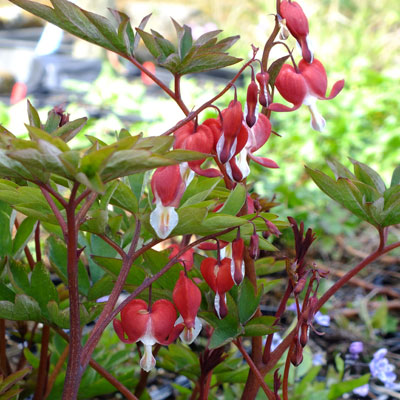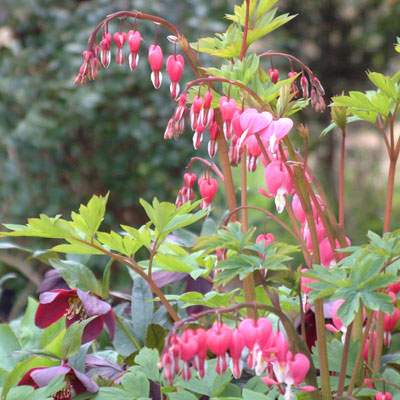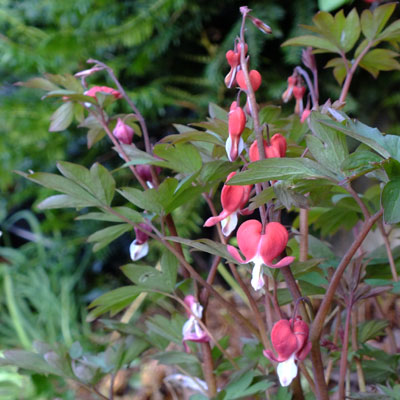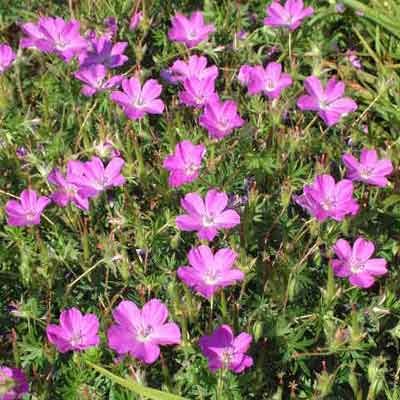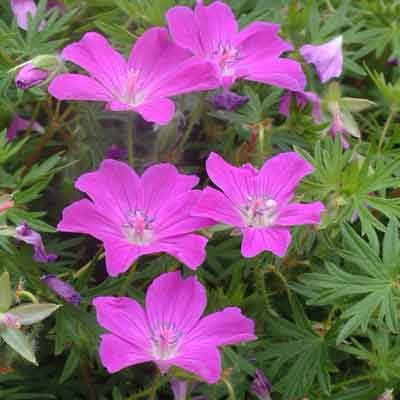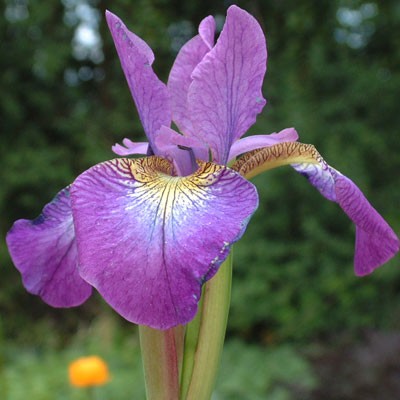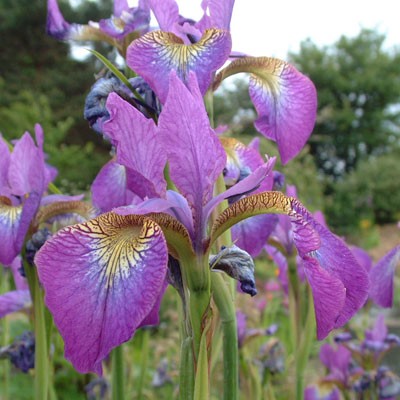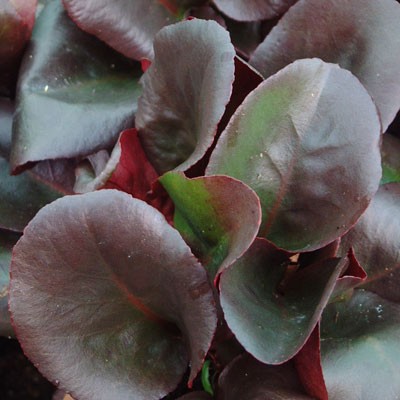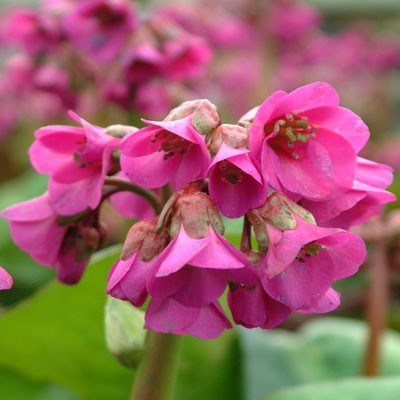Description
Dicentra spectabilis ‘Valentine’ (Lamprocapnos spectabilis ‘Valentine’)
This is a new twist on an old favourite, the well loved Bleeding Hearts or Ladies-in-the-Bath (or Dutchman’s Breeches or even Lady’s Locket and Lyre Flower). The flowers are a deep cherry red with wonderful maroon shading on the stems and petioles, making a lovely contrast. Similar in height to the original species ( 60cm ) but displaying its cherry red lockets on very dark graceful stems with a dusky flush to the foliage as well. Not as vigorous as the species and so needs a nicer richer site. The fleshy roots are delving and brittle so its best not disturbed and best sited in a sheltered situation in sun or partial shade with plenty of humus. In hot situations where water might go short at the roots, the plant will take a period of Summer dormancy but will re-emerge the following Spring. Mulching helps to extend the flowering season. Great cut flower and surprisingly scented. Deer and Rabbit resistant, possibly on account of its yellow sap.
Dicentra all prefer a cool position in the garden which will allow them to grow lusher foliage and flower for a longer period. Nothing drives them into their Summer dormancy quicker than drought. They mostly come form woodland fringes and damp mountain soils. All have brittle roots and prefer not to be moved.
Dicentra, has now been split, with the shorter creeping species remaining and the larger species removed to rather snappily named Lamprocapnos, Dactylicapnos and Ichthyoselmis. they are members of the poppy family, a fact that is somewhat disguised by the flowers, but more evident in the sappy brittle nature of the stems.
Dicentra have been listed under Dielytra, which was a botanical spelling error. Dicentra is from the Greek for two (dis) and spurred (kentron) referring to the shape of the flowers.


















































